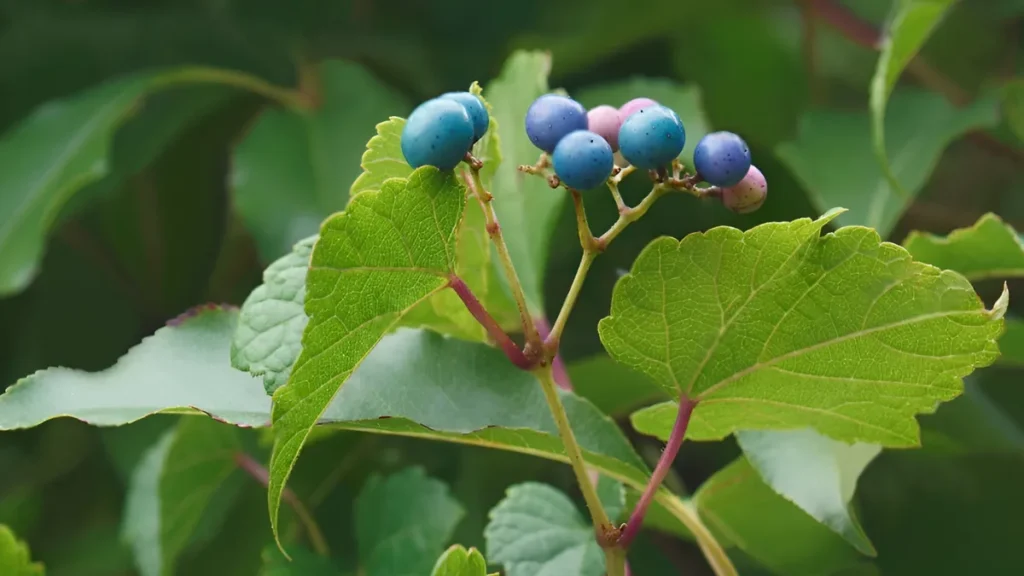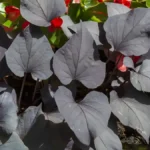The perennial peppervine is indigenous to the Southeast region of the United States. It’s an aggressive invasive plant that may grow up to 20 feet tall, wreaking havoc on the environment and infrastructure. It is imperative to stop its spread and lessen its detrimental effects. When fully grown, this plant’s leaves are dark green. Herbicides made especially for controlling pepper vines are applied using chemical methods. We will examine some strategies to control peppervines in this article.
How to get rid of peppervine:
The aggressive growth and rapid spread of peppervine can make controlling it in your garden a difficult undertaking. These are some practical ways to prevent and handle it.
Prevent peppervine plant from the garden:
- It is important to keep in mind that these methods of managing peppervine plants call for perseverance and attention if you wish to eradicate peppervine from your garden. Whenever possible, try hand removing the pepper vine before it flowers and sets seed in the spring if it only covers a small area. It works best to remove as much of the plant’s taproot as possible when using the hand-pulling method of peppervine control.
- If the infestation is mild, pulling or digging up the vine works well. Cover the seeds with a thick layer of mulch to prevent germination and growth. To stop regrowth, pull out the plants, making sure to eliminate the complete root system, when the earth is moist, this is simpler. Reduce the plant’s vigor over time by regularly pruning the vines back to the ground.

- Peppervine can be eliminated by glyphosate-based herbicides like Roundup and Eraser, but only in areas where they can be sprayed without touching any neighboring plants’ green leaf surfaces. Applying the paint on as much of the leaf as you can using a sponge works best. Additionally, plants natural species that can rival peppervine for nutrients, water, and sunshine.
- Check your garden for peppervine development regularly, and to stop its roots from spreading, erect a physical barrier like landscape cloth or plastic sheeting. To stop the vines from taking root and growing, mow the area often. During the warmest season of the year, cover the affected area with sheets of clear plastic.
- Removing the lowermost branches of plants and applying a broad-leaf herbicide to the trimmed stems will help you fight resistance. Your sole option for managing peppervines may occasionally be chemical control. To control it, think about applying an organic pre-emergent herbicide.
- Observe all safety precautions and the application instructions on labels when handling and using products intended to aggressively destroy peppervine. Nothing that could harm plants or the environment should be used. If in doubt, get advice from your neighborhood extension office.
Conclusion:
In summary, a multifaceted strategy is needed to control peppervine. For small-scale control, physical removal, pruning, and mulching work well; for bigger infestations, solarization and pesticides could be required. Combine several management techniques for a more successful strategy. To lessen the likelihood of peppervine reestablishing, make sure to grow competitive, robust plants of the desired species. Recall that effective peppervine control depends on early detection and quick action.
Certainly! If you’d like to learn more, please consider following our WhatsApp Channel: Harvest Gardening
A frequently asked questions:
Q1. What is peppervine?
A1. The invasive peppervine vine spreads quickly in gardens and landscapes, quickly engulfing and suffocating native species.
Q2. Is peppervine poisonous?
A2. Certainly, peppervines are toxic. It is poisonous to eat peppervine berries. Despite the poison’s low potency, little infants are particularly vulnerable to its dangers.
Q3. What are the best ways to manage peppervine?
A3. Effective techniques include uprooting or excavating the roots by hand, applying herbicides labeled expressly for controlling vines, and routinely keeping an eye out for and eliminating new growth.
Q4. Can you eat peppervine berries?
A4. Ampelopsis arborea, or peppervine berries, are hazardous and should not be taken due to the possibility of gastrointestinal upset. It is advisable not to consume them.



